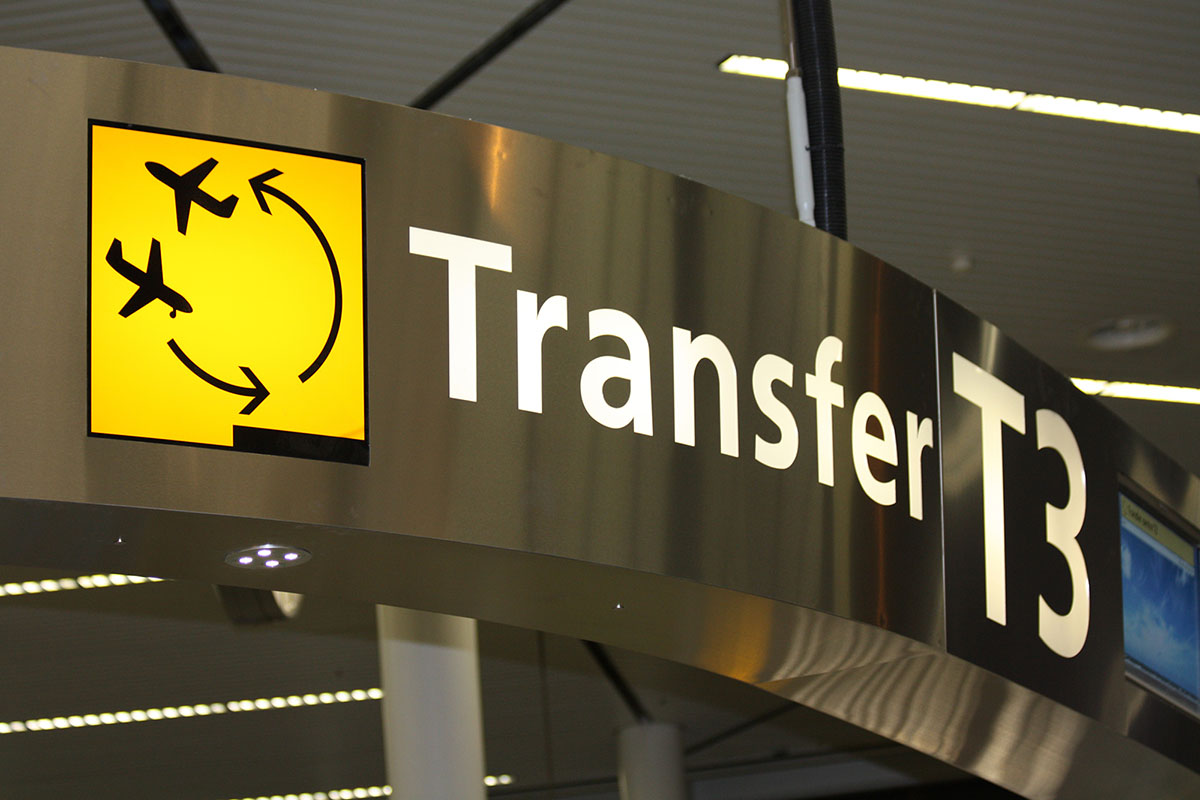Singapore Changi Airport has released its operating statistics for August 2020, with a small drop in passengers through its terminals to 84,300, a 2% fall compared to July 2020, as overall demand stagnated despite an increase in flight volumes.
Overall with just 2,700 passengers per day this remains a low total, equivalent to a 98.6% reduction compared to August 2019, though it remains a significant improvement on the airport’s worst ever month in May 2020, when only 780 passengers passed through the facility per day.
Cargo tonnage at the airport on the other hand had its best month since the onset of the COVID-19 pandemic in August, reaching over 71% of normal levels, though like passenger throughput this too now appears to have plateaued to a ‘temporary new normal’.
Total aircraft takeoffs and landings, including both passenger and freight flights, have continued to progressively increase since April 2020, with a 6% monthly increase recorded for August 2020, however these remained nearly 83% lower than usual.
Passenger totals
Here’s how the number of passengers passing through Changi Airport looked so far in 2020 compared to the same months in 2019.
| Changi Airport Passenger totals |
||||
| 2019 (x 1,000) |
2020 (x 1,000) |
Change | ||
| January | 5,660 | 5,950 | 5.2% | |
| February | 5,130 | 3,450 | 32.8% | |
| March | 5,630 | 1,650 | 70.7% | |
| April | 5,580 | 25.2 | 99.5% | |
| May | 5,410 | 24.5 | 99.5% | |
| June | 5,820 | 48.2 | 99.2% | |
| July | 5,910 | 86.0 | 98.5% | |
| August | 5,900 | 84.3 | 98.6% | |
| Year to date | 45,040 | 11,318 | 74.9% | |

The year got off to a good start with the airport seeing a 5% passenger increase in January 2020 compared to the same month the previous year. That was commensurate with a 4% increase in passenger traffic seen at the airport during 2019.
Flight cancellations as a result of the COVID-19 outbreak then resulted in a one-third drop in passengers for February 2020, falling further in March 2020 and finally bottoming out at the record lows seen for April and May 2020.
With small upticks in both June and July 2020, a small fall has now been recorded for August 2020, with overall traffic remaining down by 98.6% on normal levels. For the year to August 2020, 75% fewer passengers have used Changi compared to the same period in 2019.
Cargo totals
Here’s how the air freight tonnage at Changi Airport looked so far in 2020 compared to the same months in 2019.
| Changi Airport Cargo totals (tonnes) |
||||
| 2019 (x 1,000) |
2020 (x 1,000) |
Change | ||
| January | 171 | 157 | 8.4% | |
| February | 137 | 147 | 7.6% | |
| March | 185 | 149 | 19.1% | |
| April | 156 | 95.8 | 38.8% | |
| May | 172 | 103 | 40.0% | |
| June | 162 | 112 | 31.0% | |
| July | 170 | 119 | 30.1% | |
| August | 169 | 120 | 28.9% | |
| Year to date | 1,322 | 1,002 | 24.1% | |
The falloff in cargo volumes at the airport came through a little later than for passenger traffic, as dedicated freighter services remained and airlines began operating cargo-only services with their passenger aircraft.
Indeed Singapore Airlines continued to fly three passenger aircraft with only cargo on board for every passenger flight it operated in July 2020.
This helps the airline to earn some revenue and helps to address the significant shortage in cargo capacity that has been brought about by the almost complete lack of passenger flights, which typically carry 75% of SIA’s annual cargo in the underfloor holds.
August 2020 saw a small increase in cargo at Changi, the fourth consecutive month with additional freight passing through. At 120,000 tonnes this has plateaued somewhat over recent months, however it is by far the best performing sector for the airport at only 29% less than usual levels based on 2019 data.
Takeoffs and landings
Here’s how the number of aircraft takeoff and landings Changi Airport looked so far in 2020 compared to the same months in 2019.
| Changi Airport Takeoffs and landings |
||||
| 2019 (x 1,000) |
2020 (x 1,000) |
Change | ||
| January | 32.7 | 33.4 | 2.2% | |
| February | 29.9 | 26.2 | 12.3% | |
| March | 32.4 | 16.2 | 49.9% | |
| April | 31.5 | 3.87 | 87.7% | |
| May | 31.7 | 4.47 | 85.9% | |
| June | 31.4 | 4.78 | 84.8% | |
| July | 32.4 | 5.25 | 83.8% | |
| August | 32.4 | 5.56 | 82.8% | |
| Year to date | 254.4 | 99.8 | 60.7% | |
In August 2019 there were 32,400 aircraft movements at Changi, an average of 1,045 takeoffs and landings each day, or 44 per hour.
That has fallen significantly with only 5,560 takeoffs and landings in August 2020, equivalent to 179 aircraft movements on average per day, just around 7 per hour.

On the positive side it is a 6% increase compared to July 2020 and a 44% increase compared to April 2020, which holds the record for the lowest ever monthly aircraft movements total in the airport’s history.
Why are passenger volumes dropping?
This slight fall in passenger totals for the airport is a little surprising when viewed against a 12% increase in passenger flights from Singapore Airlines for August 2020 compared to July 2020.
A significant impact on the recent improvement in passenger numbers has been the continual expansion of transit passenger approvals for SIA Group carriers through Changi Airport, which were lifted to their highest level to date in mid-August 2020, encompassing 37 valid origin points globally.
Transit passenger volumes may now be falling slightly as the bulk of people still travelling home have now been able to do so between April and July 2020.
Many of those heading back home to Singapore, or from Singapore to their home countries, may have now have completed those journeys.
Some airlines planning to add or scale up passenger flights at Changi during August 2020 also did not do so, including Lufthansa. The German carrier planned an ambitious three times weekly Frankfurt connection during the month, but in fact dialled back to a single weekly flight.
Turkish Airlines has also recently reduced its flight volumes at the airport.
In the meantime Singapore Airlines continues to increase its passenger flying programme, with 12% more flights planned in September 2020 and another 23% more in October 2020, from a combination of frequency increases and newly reinstated routes like Surabaya and Johannesburg.
It will therefore be very interesting to see whether this apparent end to passenger volume increases through Changi is a temporary one when the airport releases its September 2020 statistics next month.
Summary
As transit passengers gradually get where they need to be and some airlines reduce flight volumes at Changi, the passenger increases we’ve seen over recent months have stopped, at least temporarily.
Most international borders remain closed and leisure travel is still off the cards. Plans for tourist ‘green lanes’ with low risk countries also don’t appear to be making much headway, and may not materialise this year.
Unfortunately with a long COVID-19 recovery and strict global travel restrictions in force, including a ban on visitors in Singapore itself for the time being, passenger numbers remain at less than 2% of usual levels.

On the cargo side, volumes have nudged higher than 70% of their usual pre-COVID level, though like passenger totals this now also seems to be reaching a peak. On the plus side, the total number of takeoffs and landings at the airport continues to increase from a low point in April 2020.
It will now almost certainly be 2021 before Changi Airport starts to see anything resembling normal passenger volumes, even with only two of its four terminals operating.
(Cover Photo: Kaie Lee / Shutterstock)




